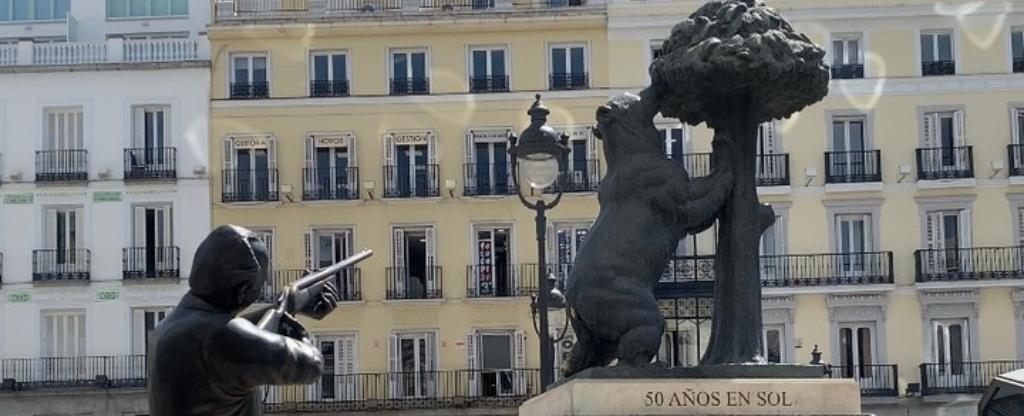'Fue desarmada en dos maletas': Artista chileno detalla proceso de su polémica estatua del rey emérito Juan Carlos I de España

As a news writer, I was captivated by an article titled “Fue desarmada en dos maletas”: Artista chileno detalla proceso de su polémica estatua del rey emérito Juan Carlos I de España,” which translates to “It was dismantled into two suitcases”: Chilean artist details the process of his controversial statue of King Emeritus Juan Carlos I of Spain.”
According to the article, the Chilean artist Sebastian Errazuriz was commissioned to create a life-size statue of the former King of Spain for the Madrid arts center, Centro Cultural Conde Duque. However, the statue caused controversy because of King Juan Carlos I’s involvement in a corruption scandal. The sculpture depicted him on all fours, with his tongue sticking out and a ribbon in his mouth with the word “constitution” written on it. Many found it to be disrespectful and inappropriate, leading to its removal from the exhibition.
Errazuriz explained that creating the sculpture was a difficult and risky process. He had to smuggle the statue in two suitcases from Chile to Spain and had to keep it a secret due to the sensitive nature of the subject.
While opinions may vary on the tastefulness of the statue, it raises important questions about free speech and artistic expression. The controversy surrounding it also highlights the power dynamic inherent in monarchy and the perception of corruption in political figures.
Overall, the article provides an interesting insight into the world of controversial art and the risks that artists take to express their opinions. It also serves as a reminder of the importance of free speech and the ability of art to spark important discussions.
Quick Links

